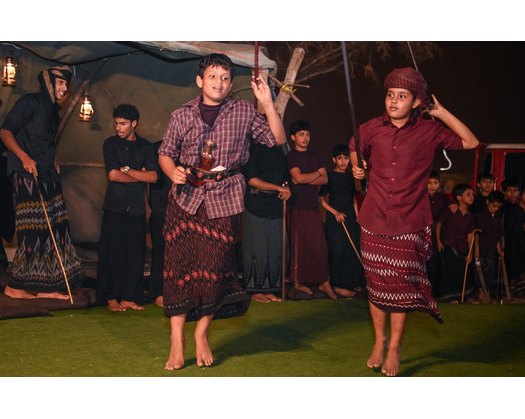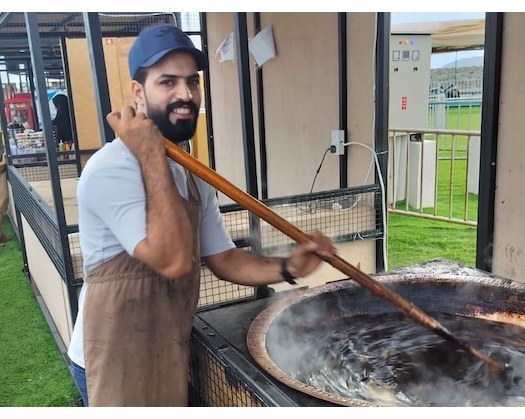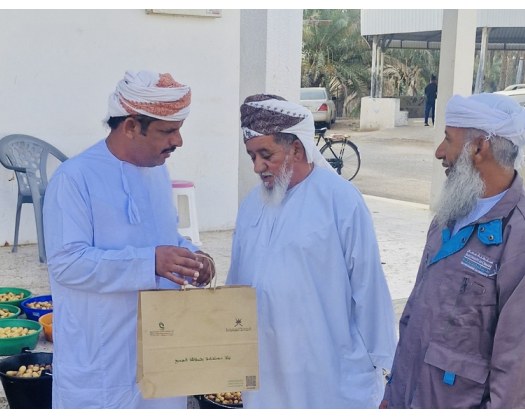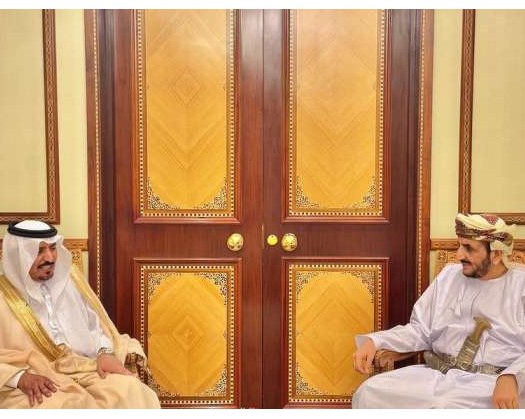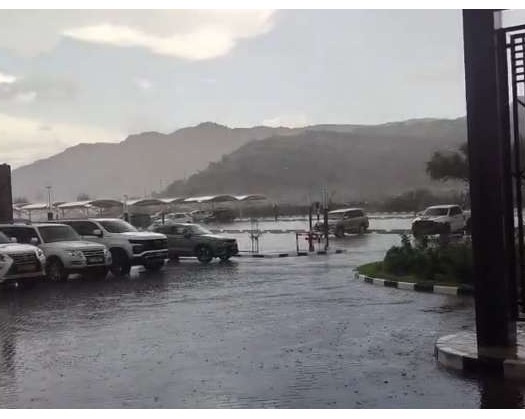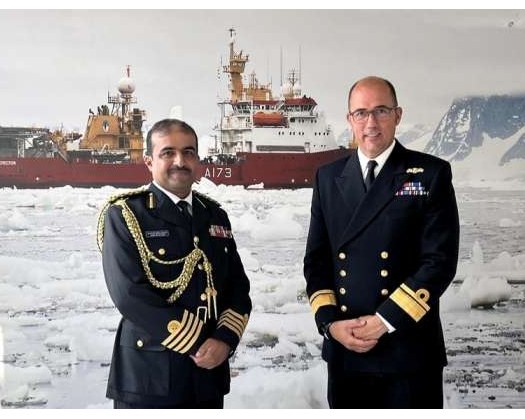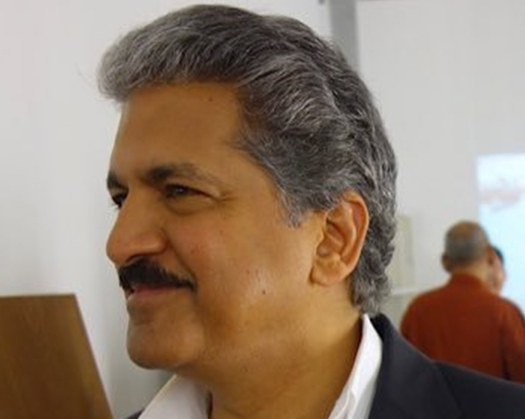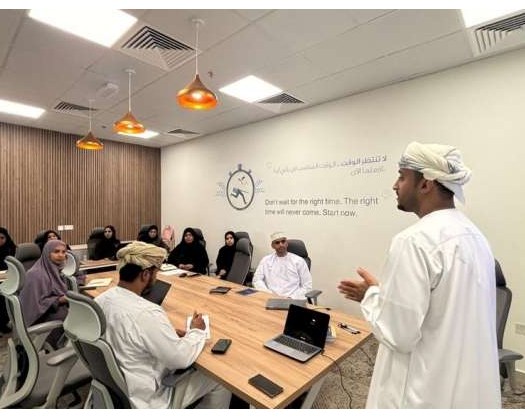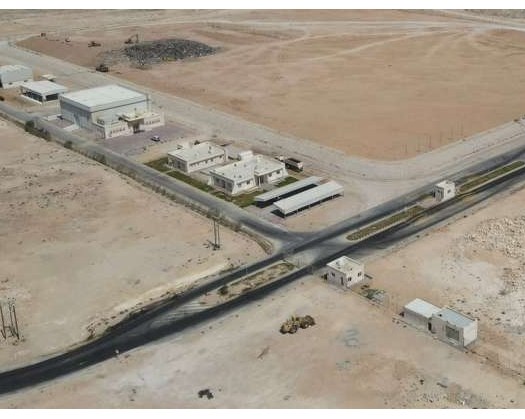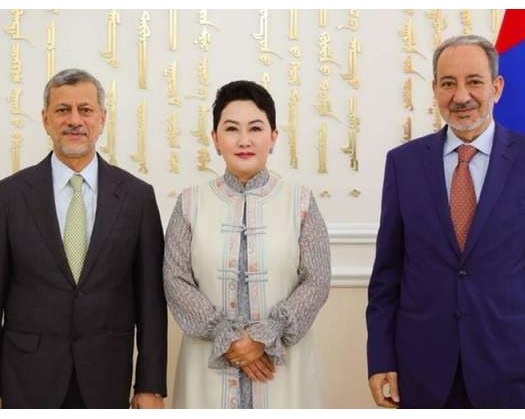Salalah: During the Khareef (monsoon) season, the mountain communities of Dhofar Governorate undergo an incredible natural transformation, with life thriving over the lush, mist-covered slopes. With the first showers, the countryside comes to life in a scene that exemplifies man's deep bond with nature.
Dhofar's Khareef season is a major annual event in rural life, bringing ancient traditions, inherited preparations, and displays of community togetherness and reliance on natural resources, as several inhabitants told Oman News Agency (ONA).
Bakhit Said Da'an Al Shahri says: Khareef is our sustenance. We begin preparing for it in early June, repairing livestock pens, gathering firewood, stocking hay, and building water tanks to collect rainwater, which we use for drinking and cooking throughout the season.
Camel herders live a seasonal existence that is attuned to weather patterns. According to camel owner Mohammed Al Mashaikhi, herders move their animals to less humid regions, such as the cotton-growing plains behind the mountains, before bringing them back to higher ground once the rains stop, choosing grazing routes daily depending on grass availability.
The Makhraf, a temporary camel sanctuary, also serves as a community gathering location where guests are greeted with rural offerings such as fresh milk and daily chats.
Salim Mussalam Al Amri emphasizes how the season combines farming, tourism, and spirituality, stating that mountain communities see an increase in local and foreign visitors during Khareef. This community excitement encourages many people to schedule their annual leave around this period.
Meanwhile, rural women play an important role in managing seasonal life via farming, traditional crafts, and producing local products. Mazoon Agham Al Shahri explains: We used to thatch cow huts (Duqoof) with grass and fertilizer, prepare hides for churning milk into ghee, and create traditional clothing for festivities, since Khareef is a season of weddings and visitors.
She believes that modern infrastructure and services have revolutionized rural lives, with well-equipped homes and barns, piped water, and electric equipment allowing women to focus on producing crops such as cowpeas (AlDougar), maize (AlMahindi), and millet (AlThayrit).
Khareef Dhofar season portrays a recurrent picture of life cradled by nature, representing the continuity of practices and traditions passed down through generations. It combines heritage and renewal, humanity and environment, in a lasting embrace each year.

